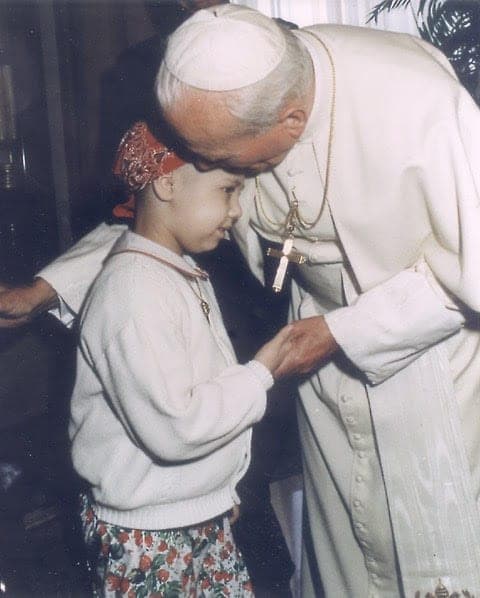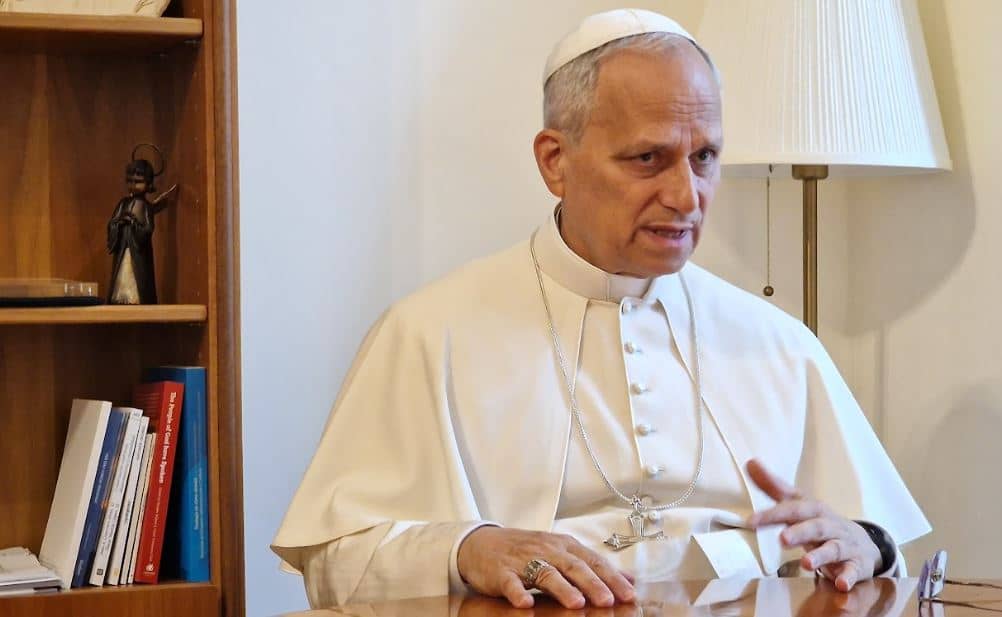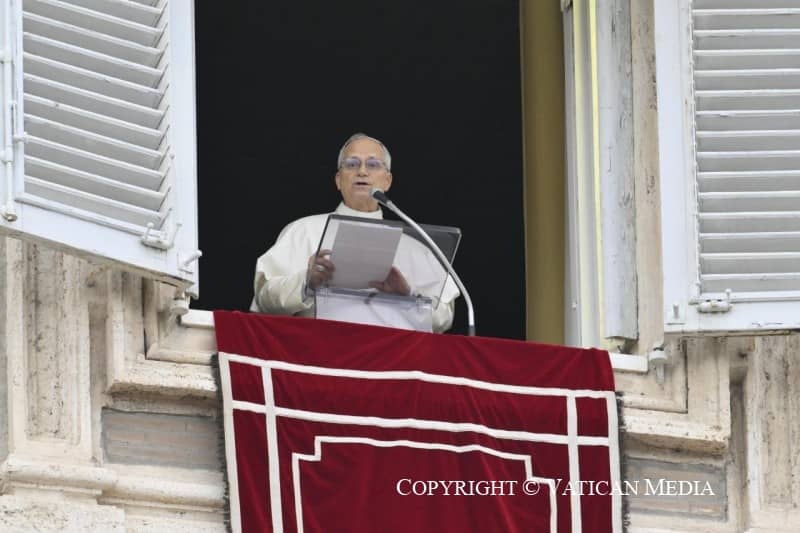When Pope Francis declares Jacinta and Francisco Marto saints during his visit to Fatima on Saturday, the Fatima visionaries will be the youngest non-martyrs to be canonized in history. Francisco died in 1919 at the age of ten, while Jacinta died in 1920 at the age of nine.
Previously, the youngest non-martyr saint was St. Dominic Savio, who died at the age of 14, and was canonized by Pope Pius XII in 1954.
Austin Ruse, the President of the Center for Family and Human Rights, said the ceremony will “likely open the floodgates” to more children being considered for sainthood.
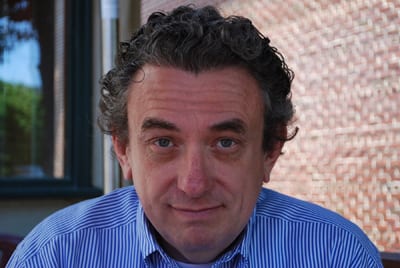
In his new book, Littlest Suffering Souls: Children Whose Short Lives Point Us to Christ, Ruse looks at the lives of three children who died at a young age, but lived inspiring lives of faith.
- Audrey of France, who died in 1991 at the age of seven after suffering from leukemia. In her short life, she helped bring her family to active participation in the Church.
- Margaret Leo of Virginia died in 2007 at the age of 14 after suffering with spina bifida, yet inspired others by cheerfully living a life of Christian charity.
- Brendan Kelly, also of Virginia, died in 2013 at the age of 15. Kelly had Down syndrome and leukemia, and offered his suffering for the benefit of others.
Ruse said the life stories of these children, who suffered their illnesses with “saintly patience and charity,” were important for a “secular age that is so petrified of pain.”
He said it is important to note that although the Marian apparitions were “absolutely central” to the lives of Jacinta and Francisco, what they did with them “is simply astonishing.”
Ruse said the two children “literally raced to offer their suffering for the conversion of sinners, and in reparation for offenses committed against the Immaculate Heart of Mary and how they did live all of the virtues to an heroic degree.”
Ruse spoke to Crux about his new book, and what the holiness of these children has to teach us in the Church today.
Crux: What inspired you to write this book?
Ruse: When Margaret Leo died in 2007, I was unable to attend the funeral, but my friend Pat Fagan did, and he came back from it utterly moved by the stories told about this holy girl. Though I knew her, and was longtime friends with her family — her father is Leonard Leo, head of the Federalist Society — I did not know the wondrous things said about her at her funeral.
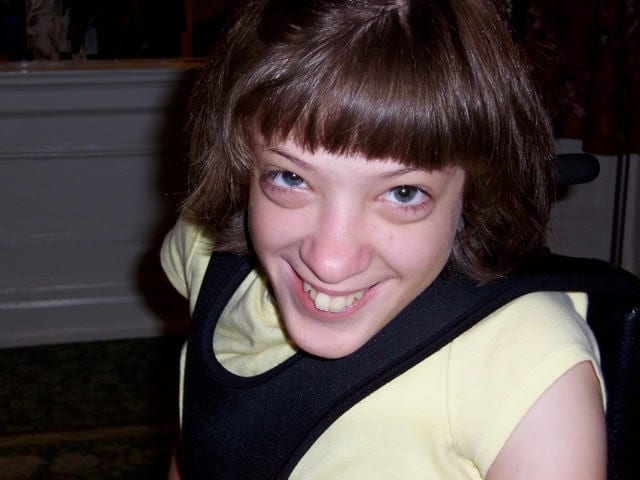
My family had prayed for Brendan Kelly for years and we did attend his wake and funeral and were stunned by the massive outpouring of love and affection for this little boy with Down Syndrome. I began to hear amazing stories about him, too.
And then one day someone handed me a book about the girl I call Audrey of La Celle Saint Cloud (a suburb of Paris) and it is full of stunning stories about this little girl who died at 8 from leukemia but whose life, sickness, and death inspired all who heard about her. Amazing to me, also, that I knew her family well, but had even heard of this daughter of theirs.
The three stories all together made me realize that there are great and moving stories here that many others need to hear. They are the stories of three innocent children who bore their sicknesses and maladies with saintly patience, and charity.
It also struck me that these three holy children had messages for us in this secular age that is so petrified of pain.
How difficult is it, as a parent, to deal with this issue?
Brendan’s mother was angry with God for many months. She is convinced that Brendan lived another few years in order to bring her back to the faith. That is how hard this would be for a parent, to see your child suffer. It is simply horrific.
Margaret’s parents had their faith deepened by how their daughter, who had the most severe form of spina bifida, and how joyfully she lived her life. She was never resentful that she could not do the things other kids could do, or even that her life was limited because of her malady.
When Audrey was getting her bone marrow transplant, she could be heard from the little sterile room singing songs to Mary. Can you imagine how painful and inspirational that would be for her parents?
Each of these children inspired her parents, their brothers and sisters.
Yes, you are seeing holiness, but also suffering; I know this is the mystery of Christianity, but it isn’t an easy mystery, is it?
Pain and suffering are not mysteries. They are simply a part of the larger story we do not know yet. Pain and suffering are certainly roadblocks to many these days. How could a loving God allow children to suffer. That we do not know, does not make it mysterious; it just means we do not know the whole story, not yet anyway.
Modern man is mortified by pain, or rather, he does not properly see pain as a mortification. The Catholic Church has a unique view of pain and suffering. They are tools to help others, to help ourselves, to console Christ on the Cross and the Immaculate Heart of Mary. No other faith has this teaching, and this teaching is something these children internalized.
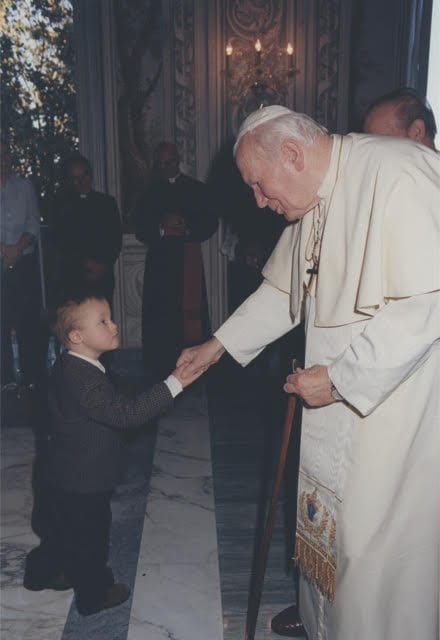
When Brendan was getting his bone marrow transplant, he was offering his pain up for Bella Santorum. In fact, Rick and Karen Santorum credit those prayers with keeping Bella alive to this day. When his mother’s faith was suffering, Brendan would say to her, “This one [painful treatment] is for you, mon.”
Which story did you find most inspiring?
Each are inspiring in their own way. I have been writing about and telling these stories for years and I always have to have a supply of tissues because I cannot tell these stories without choking up. It is embarrassing. I do not weep because they are sad stories, though, I weep because of how inspiring they are.
Among the more amazing stories is Audrey’s response to her diagnosis. Her mother Liliane said to her that they would do everything the doctors told them and things would turn out alright. Her seven-year-old daughter responded, “No mummy, we are going to do what Jesus said, we’re going to live like the birds in the trees, one day at a time.”

Liliane was stunned because she did not know when or where Audrey had heard that scripture. Later, in her final days, the family took her to Lourdes. At the submersion, Liliane told her daughter they would offer it for her healing. Audrey said, “No, mummy, I am going to offer mine for a young man who is questioning his vocation.”
Stunning, simply stunning.
The Church has been cautious about declaring the “heroic virtue” of children in the past, arguing they are not mature enough, not that they can’t go to heaven, of course, just it is difficult to prove “heroic virtue.” Is this fair?
One of the things I discovered in my research is that the Church has never canonized a child who did not die in martyrdom because the Church was not convinced children could intentionally live all the virtues heroically. This was changed in 1981 and it appears that the Fatima children will be the first non-martyr children raised to the altars.
A child named Antonietta Meo will likely come after them. She, like the “Littlest Suffering Souls,” suffered from cancer, but offered her pain for others. Her letters to Jesus deeply moved Pope Pius XI. She said, “I am very happy that Jesus gave me this problem so that I may be his dearest one.” Benedict XVI named her “Venerable” in 2007.
It should be noted that it was another child who died young — Little Nelly of Holy God — who inspired Pius X to allow children to begin receiving Holy Communion.
As historical figures, I write about these two children in the book as well, along with a child you have never heard of named Mary Ann Long, who Flannery O’Connor wrote about in the introduction to the child’s biography.
This weekend, Pope Francis will be canonizing Jacinta and Francisco Marto. What effect do you think this will have on the Church’s attitude to the possible sanctity of children?
The Church has changed Her understanding of children being able to live all the virtues to an heroic degree. But the Canonization of Jacinta and Francisco, both who suffered greatly and died young, will be the first and will likely open the floodgates to others.
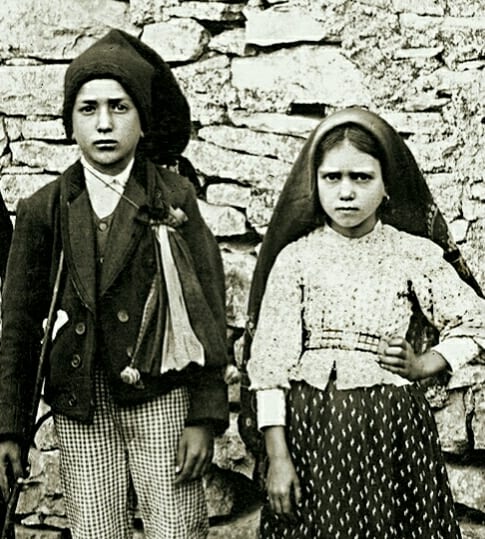
Do you fear people might not actually look at the lives of Jacinta and Francisco, and just think of them becoming saints based on the fact Mary visited them?
Without a doubt, that will be the view of many, that it was the visions of the Blessed Mother that led to their Canonization.
But, the hope is this Canonization will lead millions to read deeply in the events surrounding Fatima and come to understand how these children literally raced to offer their suffering for the conversion of sinners, and in reparation for offenses committed against the Immaculate Heart of Mary and how they did live all of the virtues to an heroic degree.
The visions were certainly central to their lives, but what they did with them is simply astonishing.
In your interaction with these holy young people, and after your study of the topic, how has it affected your view of how the Church treats her youngest members, especially in areas of education and reception of the sacraments.
Not long ago, the International Pilgrim Statue of Our Lady of Fatima visited our local parish, where Brendan Kelly attended and was buried from, and you should have seen the reverence of the children from the parish school as they knelt and venerated that holy image.
Children are simple creatures — the Littlest Suffering Souls were remarkably simple — and therefore have an even greater capacity for holy things than we much more complicated adults. It is moving to see these little ones come forward to receive Holy Communion and to go to confession. How moving it must be for a priest to hear the confessions of these little ones. Children have a much greater capacity for holy things than we do.
Is there anything else you would like to say?
When I first published these stories in column form at The Catholic Thing website, we were inundated with similar stories from all over the world, including from a nun in Kazakhstan! It made me realize that something is going on. Children are showing us that there is more to pain and suffering than simply pain and suffering, that even lives not worth living are abundantly worth living and even flourishing.
We were also inundated with requests for their prayer cards. Devotions to them sprung up instantly all over the world. Justice Antonin Scalia’s wife, I am told, carries Brendan’s prayer card in her purse to this day. Margaret’s picture sits on the desk of Justice Clarence Thomas to this day.
And that leads to me to a final and important consideration. These children were not shepherd children, they were children from families of influence and affluence yet the milieu they were born into were deserts nonetheless.
The public policy worlds of Washington, D.C. and Paris are spiritual deserts, deserts that promote a culture of death, materialism, and agnosticism. The Littlest Suffering Souls were sent to this desert for a reason, to spread the Good News of Our Lord and Lady. That is the importance of their stories.
